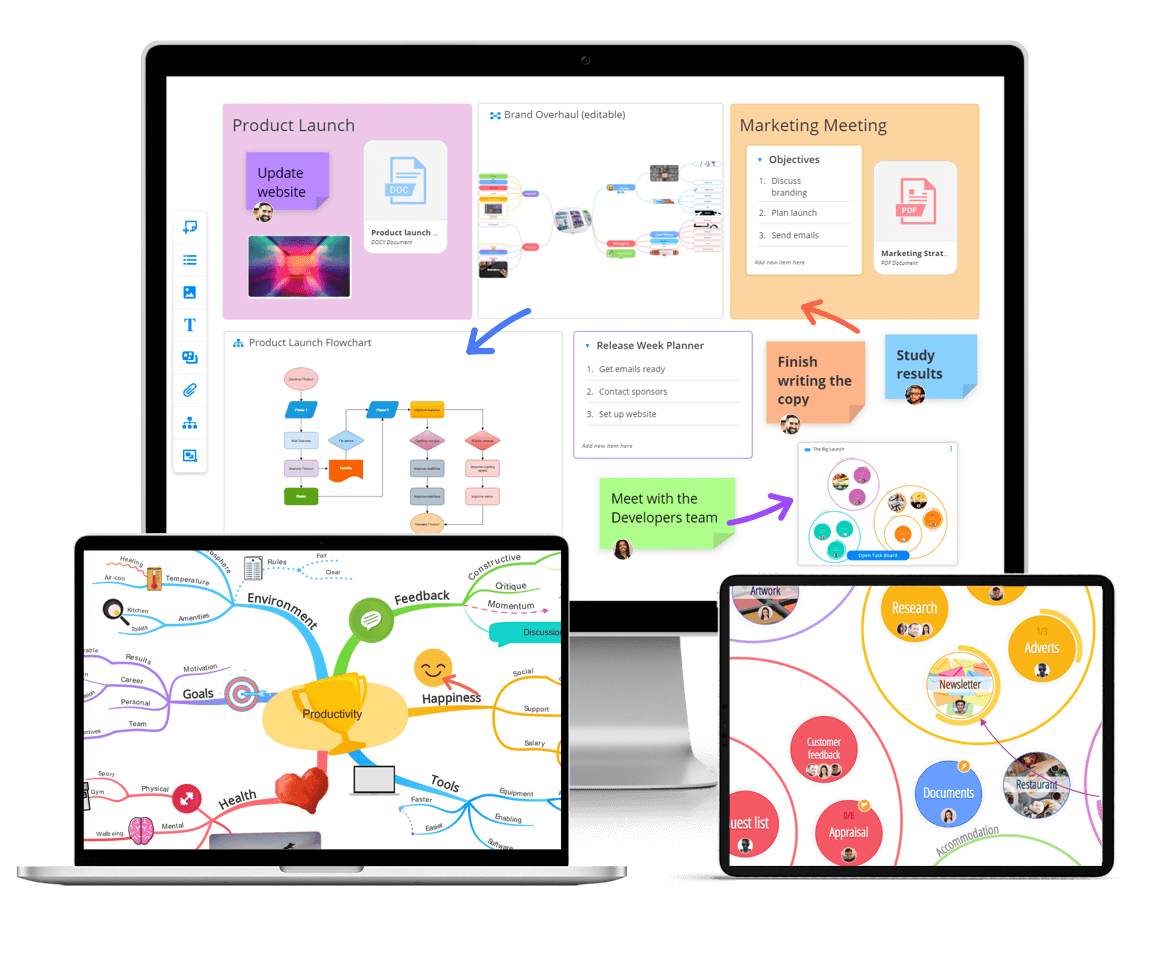February 17, 2022 (Updated April 3rd, 2024)
Remote working jobs: how to make sure they live up to their promises

In our post-COVID world, it’s hard to remember a time when video calls and hand gel weren’t a part of our daily lives. Many of us rightly associate a boom in remote work with the necessities of the pandemic, but even before COVID changed life as we know it, remote work was beginning to take off in a big way.
With the ability to work from anywhere in the world and from whatever location you deem fit, it’s hardly surprising that more companies and more people have begun turning to remote work over a traditional office set up. Of course, the coming of the pandemic only sped this advancement up with more jobs than ever offering remote working options. It’s a good thing, too, because one survey from FlexJobs found that 58% of people wanted to work remotely full-time, with a further 39% opting for a hybrid working environment (a blend of both in person and online working) over a traditional office setup.
So the appetite is there and more organisations than ever are willing to offer remote work to their employees. But what can be done to ensure that remote jobs actually deliver on their promises? Keep reading to find out more about how you can ensure exactly that.
A sense of community and communication
One of the biggest challenges to working remotely is a sense of isolation. It might feel like a treat to be able to work in your “lounge wear” from time-to-time – and homemade lunches certainly beat pre-made sandwiches, but these perks can begin to lose their glimmer after a few weeks. That’s when a sense of alienation and lacking team spirit can really kick in. Working remotely means no water cooler moments or quick desk-side chats; this can be both demotivating and fatal for proper communication.
To ensure you’re getting the best out of a remote job, it’s key that there’s more than half-hearted Zoom meetings and endless email threads to keep you connected to your team. Instant chat is a great way of keeping communication quick and seamless, while a central hub for tracking teamwork and offering top level indicators of project progress can cut micro-management and improve team engagement. With a tool like Ayoa, you can do all of the above while avoiding the dreaded endless email chains which often add to feelings of overwhelm and isolation.
Stimulated creativity via digital tools
Despite reservations many may have had prior to the pandemic, all evidence indicates that working from home actually increases – rather than decreases – productivity. While that’s all well and good, one area remote work is not so great for is creativity. Sceptics may question the importance of creativity, yet the truth is that in an age of automation and tech, creativity is quickly being acknowledged as one of the most important skills of the future.
Not to mention that it is actually a key ingredient to a sense of fulfilment in the workplace, after all, doing the rote everyday stuff is what makes us feel unfilled and robotic. Creating, innovating and imagining is what makes us feel purposeful and human. To ensure you’re not losing out on creative input in your remote role, make sure to check for opportunities to be creative through technology. Tools such as online mind mapping provide a way for teams to connect and get creative together, so working from home doesn’t damage your innovative spark, and creativity remains a key work priority.
Company culture and expectations
Company culture is something we more commonly associate with in-office life, but even when working remotely, the culture of your workplace can impact the quality of your job. One of the key benefits of working remotely is a reduced commute time – without having to go to and from the office, you get extra time to spend how you see fit. This is a prime example of how company culture can impact your remote role. A positive company culture will encourage the use of this free time for rest, self-improvement or a healthy breakfast – whereas a negative culture may see this extra time as an extension of the working day.
Seeking a remote role in which your manager supports your right to take breaks and, better still, understands the creative benefits of downtime, will ensure you are healthy in body and mind while working remotely. When taking on a remote role, the last thing you want is to lose the very benefits which made it a desirable work choice in the first place. Learning to spend the time before and after the working day doing something mindful like meditating, daydreaming, walking and doodling not only helps to bookend your work hours – it also makes you better at thinking and doing while at work! So look for a culture which supports you to be the best you can while working from home.

The all-in-one remote work toolkit
Ayoa is an all-in-one platform that allows teams to collaborate seamlessly while working from home. Integrations with Dropbox and Google Drive allow you to stay productive and avoid switching between apps.
Try it for free
